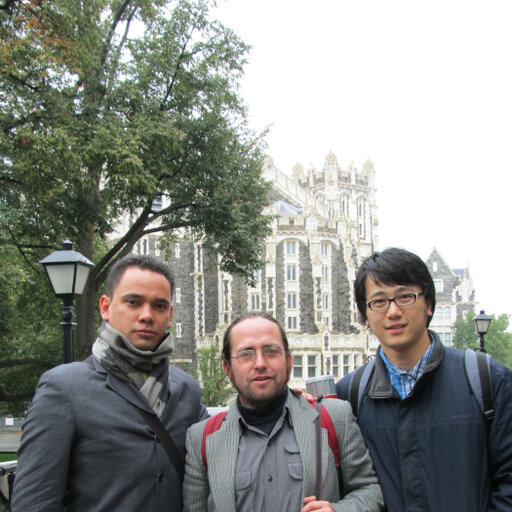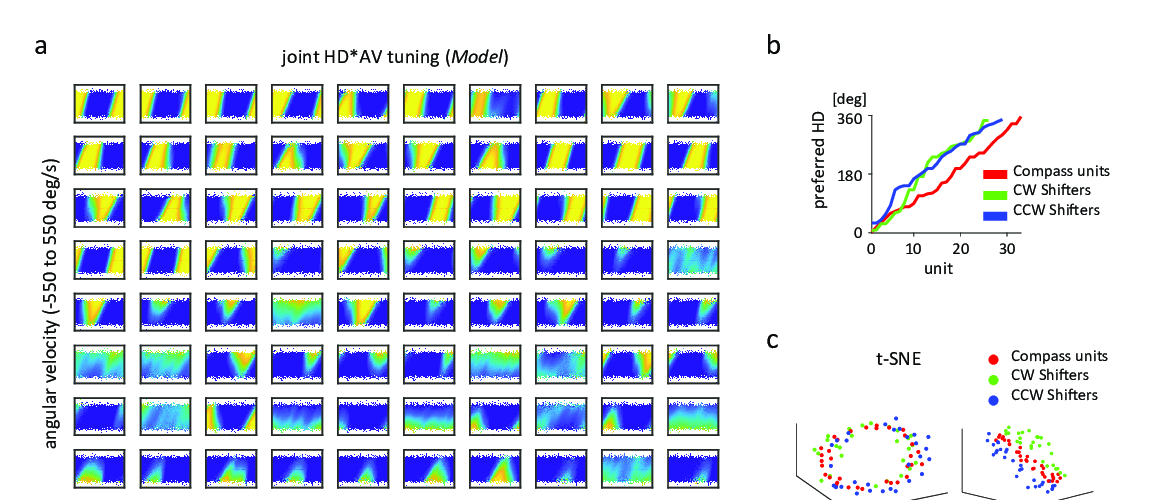Drivers Xinwei Networks
Xinwei Group carried out comprehensive cooperation with Gabon emerging carrier iPi9 to provide complete McWiLL ® solutions including data, voice, trunking and billing, help build a wireless broadband network that covers its capital and major cities, and provide local people with high-speed broadband Internet services and the government with reliable and convenient telecommunication means. Xiaofei Wang's 12 research works with 64 citations and 1,086 reads, including: Identification of the Impact of Radius Ratio of Horizontal to Vertical Curves on Highway Safety.
| Global Cobalt Hydroxide Market Growth 2021-2026 According to this latest study, the 2020 growth of Cobalt Hydroxide will have significant change from previous year. By the most conservative estimates of global Cobalt Hydroxide market size (most likely outcome) will be a year-over-year revenue grow.. |
| Global Cobalt Hydroxide Market Research Report 2020 Cobalt Hydroxide is a highly water insoluble crystalline Cobalt source for uses compatible with higher (basic) pH environments. Cobalt(II) hydroxide is most used as a drying agent for paints, varnishes, and inks, in the preparation of other cobalt co.. |
| Global Cobalt Hydroxide Market Growth 2020-2025 According to this study, over the next five years the Cobalt Hydroxide market will register a 0.4%% CAGR in terms of revenue, the global market size will reach $ 642.9 million by 2025, from $ 632.4 million in 2019. In particular, this report presents.. |
| 2020-2025 Global and Regional Nickel-Cobalt Hydroxide Industry Production, Sales and Consumption Status and Prospects Professional Market Research Report HNY Research projects that the Nickel-Cobalt Hydroxide market size will grow from XXX in 2019 to XXX by 2025, at an estimated CAGR of XX. The base year considered for the study is 2019, and the market size is projected from 2020 to 2025. .. |
| 2015-2027 Global Crude Cobalt Hydroxide Industry Market Research Report, Segment by Player, Type, Application, Marketing Channel, and Region The worldwide market for Crude Cobalt Hydroxide is estimated to grow at a CAGR of roughly X.X% in the next 8 years, and will reach X.X million US$ in 2027, from X.X million US$ in 2020. The report covers market size status and forecast.. |
| Global Cobalt Hydroxide Market Research Report 2020, Segment by Key Companies, Countries, Types, Applications and Forecast 2021 to 2026 According to HJ Research's study, the global Cobalt Hydroxide market is estimated to be valued at XX Million US$ in 2019 and is projected to reach XX Million US$ by 2026, expanding at a CAGR of XX% during the forecast period. The report on Cobalt Hyd.. |
| Global Nickel-Cobalt Hydroxide Market Research Report 2020, Segment by Key Companies, Countries, Types, Applications and Forecast 2021 to 2026 According to HJ Research's study, the global Nickel-Cobalt Hydroxide market is estimated to be valued at XX Million US$ in 2019 and is projected to reach XX Million US$ by 2026, expanding at a CAGR of XX% during the forecast period. The report on Nic.. |
| Covid-19 Impact on Global Cobalt Hydroxide Market Size, Status and Forecast 2020-2026 Cobalt Hydroxide is a highly water insoluble crystalline Cobalt source for uses compatible with higher (basic) pH environments. Cobalt(II) hydroxide is most used as a drying agent for paints, varnishes, and inks, in the preparation of other cobalt co.. |
| Covid-19 Impact on 2021-2026 Global and Regional Cobalt Hydroxide Industry Production, Sales and Consumption Status and Prospects Professional Market Research Report Standard Version The research team projects that the Cobalt Hydroxide market size will grow from XXX in 2019 to XXX by 2026, at an estimated CAGR of XX. The base year considered for the study is 2019, and the market size is projected from 2020 to 2026.T.. |
| Covid-19 Impact on 2021-2026 Global and Regional Nickel-Cobalt Hydroxide Industry Production, Sales and Consumption Status and Prospects Professional Market Research Report Standard Version The research team projects that the Nickel-Cobalt Hydroxide market size will grow from XXX in 2019 to XXX by 2026, at an estimated CAGR of XX. The base year considered for the study is 2019, and the market size is projected from 2020 to 2026.. |
Senior Investigator
Laboratory of Human Carcinogenesis


Drivers Xinwei Networks Login
NCI/CCR 3com bluetooth serial client (com7) driver download for windows 8.
Building 37, Room 3044A
Bethesda, MD 20892
240-760-6858
Research Topics

Drivers Xinwei Networks App
Research Program and Goals
Our laboratory is interested in studying genetics, genomics and biochemical pathways related to human cancer. Primary liver cancer is the second most deadly cancer in men and fifth most prevalent cancer worldwide (estimated 695,900 deaths in 2008), with a recent sharp increase of incidence in the United States. Hepatocellular carcinoma (HCC) and intrahepatic cholangiocarcinoma (ICC) are two major types of primary liver cancer. Chronic liver diseases such as viral hepatitis caused by infection with hepatitis B and C viruses (HBV or HCV), alcohol consumption, or obesity, are major global health burdens that can increase the risk of HCC and ICC. Despite great progress in the diagnosis and development of new treatment modalities, the improvement in cancer mortality is very modest. Drivers brightstar network & wireless cards. These diseases remain the most difficult-to-treat malignancies, with a 5-year survival rate of less than 12% in the United States.
We are exploring molecular mechanisms related to primary liver cancer to learn how cancer cells initiate and metastasize, and to identify biomarkers useful for early diagnosis and molecular targets for effective therapy. Currently, we are focusing on two main complementary research projects with an objective to change the current status quo.
Current Research Projects
1. Dissecting molecular heterogeneity of liver cancer to improve outcome among diverse populations.
Like other lethal solid tumors, most primary liver cancer patients are considered incurable due to extensive tumor heterogeneity. Both inter-tumor and intra-tumor heterogeneity have been recognized, possibly emanating from the presence of cancer stem cells or selection by clonal evolution. Cancer genomic heterogeneity thereby results in varying degrees of clinical presentation and tumor biology, which impedes treatment options and poses a significant challenge to cancer management.
The outcome of liver cancer patients in particular, has remained quite poor. Surgical resection of small HCC, when clinically identified early enough, may be potentially effective. However, up to 80% of these patients develop recurrent tumors after 5 years. Although molecularly targeted therapies are promising new treatment modalities, their effectiveness has only shown promise at the statistical level but has not fundamentally reduced overall mortality. Thus, our ability to identify distinct groups of cancer patients with similar tumor biology who are most likely to respond to a specific therapy would have a significant impact on improving patient outcome.
To overcome this problem, our laboratory has applied molecular-based technologies including genomic, transcriptomic and metabolomic profiling of liver specimens among diverse populations to identify discrete tumor subgroups with unique tumor biology. Consequently, we have developed various genome-based signatures linked to venous metastasis, tumor recurrence, p53 mutations, stem cell features, male dominance or treatment response. These signatures have also been shown to be useful as diagnostic or prognostic tools to discriminate patients with greater homogeneity, assist in molecular re-staging, predict outcome or guide treatment, and to identify clinically relevant therapeutic targets.
2. Integrated genomics to identify drivers of human liver cancers.
We are interested in identifying key driver genes and their signaling mechanisms responsible for tumor initiation and progression. Since human malignancies share a set of common cancer hallmarks, key genes responsible for each hallmark in principle are ideal targets for targeted therapies. However, each cancer has a unique set of compromised genomic loci. A combination of different cancer hallmarks can result in new convergent molecular networks that are unique to each type of tumor. It is a challenge to identify such a distinct molecular node for which the growth of a particular type of tumor is dependent on.
We hypothesize that integrated genomics through a combination of mutations, somatic copy number alteration (SCNA), and methylome, transcriptome and metabolome profiling to study tumor specimens with well-defined phenotypic spectra can uncover key cancer driver genes and delineate their critical gatekeepers of cancer initiation and progression. For example, using high-resolution, array-based comparative genomic hybridization and transcriptome analysis of HCC samples, we have identified several novel tumor suppressor genes on chromosome 8p associated with HCC progression and patient prognosis. We have also identified shared molecular nodes as potential therapeutic targets among HCC and ICC samples through integrated mRNA and microRNA profiling. In addition, global microRNA and mRNA profiling of a subset of HCC samples with stem cell features allowed us to identify a critical microRNA player in hepatic cancer stem cells. Moreover, we have identified several druggable targets such as osteopontin, beta-catenin, EpCAM and miR-181, which may be used to eliminate liver cancer cells or reduce metastatic progression.
We believe this approach is powerful in identifying key driver genes, providing numerous insights into our understanding of cancer cell origin and its molecular mechanisms, challenging the current paradigm of tumor evolution and offering improvements to patient management.
Drivers Xinwei Networks Network
Biography
Dr. Wang grew up in Shanghai, China where he received a Bachelor's degree from Shanghai First Medical College in 1982 and a Master's degree from the Chinese Academia of Science in 1984. He moved to the United States in the mid-80's and attended New York University School of Medicine for his Ph.D. studies. He received postdoctoral training at Roche Institute of Molecular Biology and subsequently at NCI. He was recruited to NCI as a tenure track investigator in 1998 and was promoted as a tenured Senior Investigator in 2005. The Wang lab utilizes state-of-the-art technologies to study primary liver cancer. Dr. Ooo Infomash Driver Download for windows. Wang has led several major international research initiatives on liver cancer genomics studies through collaborations with multiple universities and cancer centers. He is recipients of the NIH Merit Award, the NCI Director Award and the NIH Asian & Pacific Islander American Organization Award for his outstanding accomplishments in biomedical research. He is also a recipient of the NCI Mentor of Merit Award for excellence in mentoring and guiding the careers of trainees in cancer research. He is a recipient of an Honorary Professorship from Fudan University and a SCBA Outstanding Leadership and Service Award. He has coauthored over 150 peer-reviewed manuscripts and book chapters. He is frequently invited to give lectures at international conferences and academic institutions. He serves on many scientific committees and provides numerous editorial services and grant reviews.

